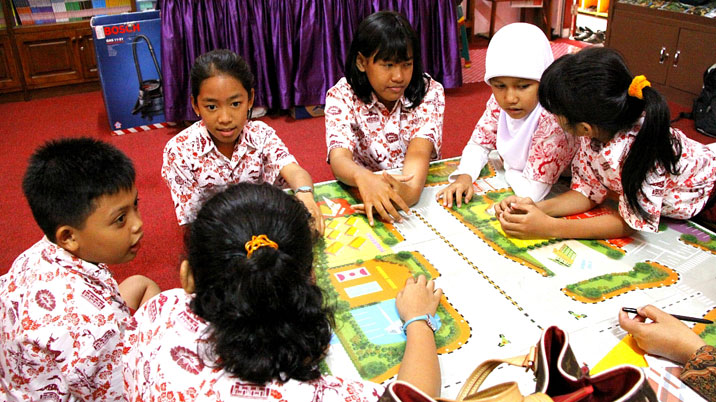Jakarta, August 3, 2012 - “I want to be a teacher, because they provide an invaluable service,” said Baginda, a junior secondary student in Aceh. “My family couldn’t afford to send me to school. But thanks to the BOS Program, I can now continue my education.”
Like millions of other Indonesian children, Baginda is continuing his studies with the help of the government’s school operational assistance program, better known as BOS (Bantuan Operasional Sekolah).
Reducing burden for poor families to obtain education
The BOS Program provides grants to schools on a per-student basis, and funds are given to all schools at the elementary and junior secondary level. After 7 years of implementation, the amount of grant per student has now doubled compared to when the program was initiated in 2005. For students at the elementary level, schools receive Rp 580,000 ($65) per student each year, while junior secondary schools receive Rp 710,000 ($79).
The grants help reduce financial burden, especially for poor families, so their children can meet the 9-year compulsory basic education. For instance, Dhenok Ari, who works as a domestic clothes washer, is now able to send her two children to school with the help of the program. “I now spend less because I don’t have to pay for school fees and books,” said Dhenok.
Schools have also noticed results that the program has brought. According to Conni Mario, Principal of state junior secondary school 7 in Bitung, “The difference before and after BOS is obvious. The dropout rate is dramatically reduced. Children’s interest to learn has also increased due to better facilities made available by BOS.”


